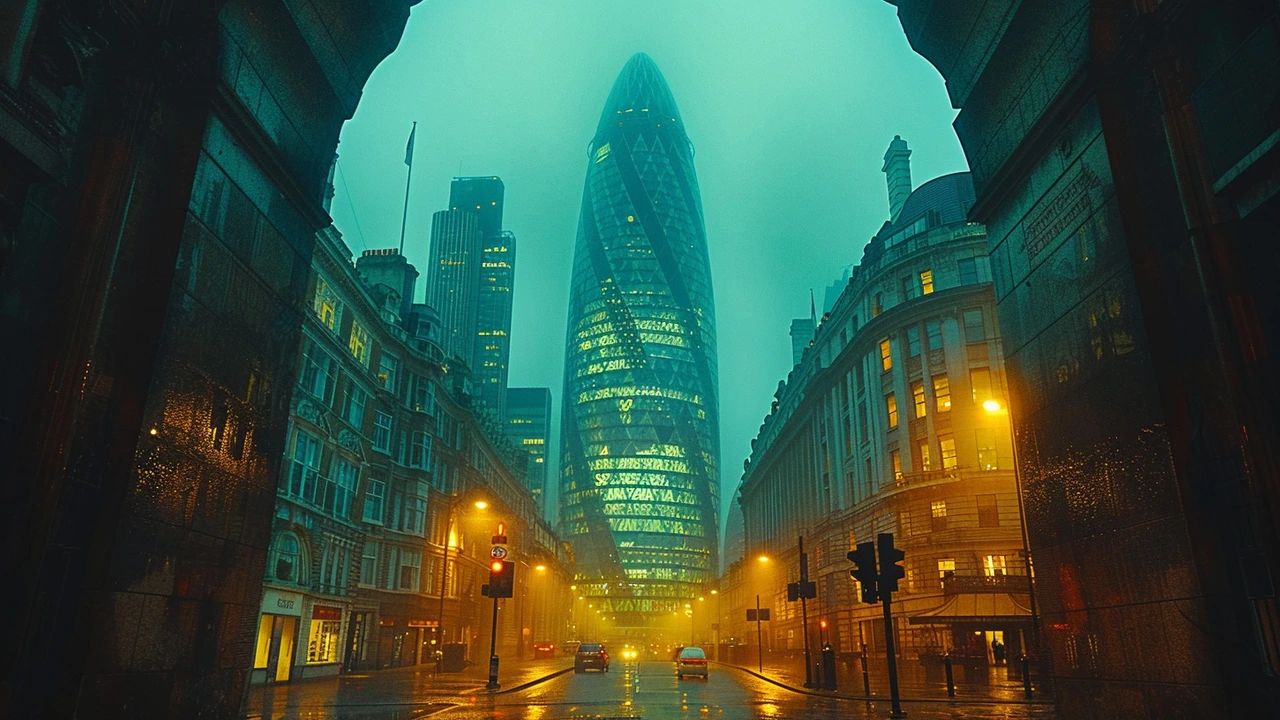Gothic Revival Architecture has woven itself into the tapestry of modern design by influencing contemporary architectural expressions. This article explores how the ornate and intricate features of Gothic Revival have been reinterpreted in today's architectural scene. It delves into the ideological roots of the style and its metamorphosis into modern interpretations, demonstrating its significance in present-day building practices. The discussion focuses on how these historical elements are harnessed to enhance aesthetic and functional aspects of modern buildings.
Contemporary Architecture: Trends, Examples, and How to Spot It
Contemporary architecture is the buildings you see that don’t fit neatly into old styles. It borrows from modernism, neo-futurism, high-tech design, and even historic moves like Beaux-Arts and Bauhaus, then mixes them with new materials and tech. Want to tell a contemporary building from a historic one? Start with the materials and how the space feels.
Key features to watch
Look for clean lines paired with unexpected shapes. Contemporary design loves big glass panels, exposed steel, and concrete, often used to frame light and views rather than hide structure. You’ll spot flexible interiors, open plans, and sliding walls that blur indoor and outdoor living. Sustainability is a giveaway too — green roofs, solar panels, and smart systems are common. The style borrows drama from expressionist and neo-futurist ideas, so you might see bold curves or sculptural forms alongside minimalist surfaces.
Material honesty is another clue: instead of covering up beams and ducts, contemporary architects often celebrate them. That’s the high-tech influence—structure becomes a visible part of the design. At the same time, elements from historical styles appear in new ways: classical symmetry might be hinted at without strict rules, or decorative ideas are simplified into modern patterns.
Why it matters and where you see it
Contemporary buildings shape how we live and work. They respond to climate, changing lifestyles, and new tech. Think coworking spaces with flexible desks, homes that open to gardens, or museums with dramatic glass facades. Cities use contemporary projects to signal progress—skylines with high-tech towers and neo-futurist museums say a lot about a place’s identity.
Want practical tips for spotting contemporary architecture on a walk? First, check the roofline: flat or sculpted roofs often point to modern approaches. Next, scan the facade for large, uninterrupted glass, visible structural elements, or mixed materials like wood next to metal. Step inside when you can: open plans, natural light, and multi-use spaces are strong indicators. Finally, notice sustainability features—rainwater collection, solar shading, or native landscaping show a building thought about its environmental impact.
If you’re thinking of using contemporary ideas at home, start small. Swap heavy curtains for glass and shades that control light. Try an open shelving unit that shows structure instead of hiding it. Choose one bold material — concrete countertops or a steel stair—and keep surrounding details simple. That contrast is what makes contemporary design read as intentional, not messy.
Curious to learn more? Read through related guides on neo-futurism, high-tech architecture, and modern movements to see examples and pick ideas you can use. Contemporary architecture changes fast, but spotting the patterns makes it easier to understand and appreciate the new shapes in our cities and homes.

